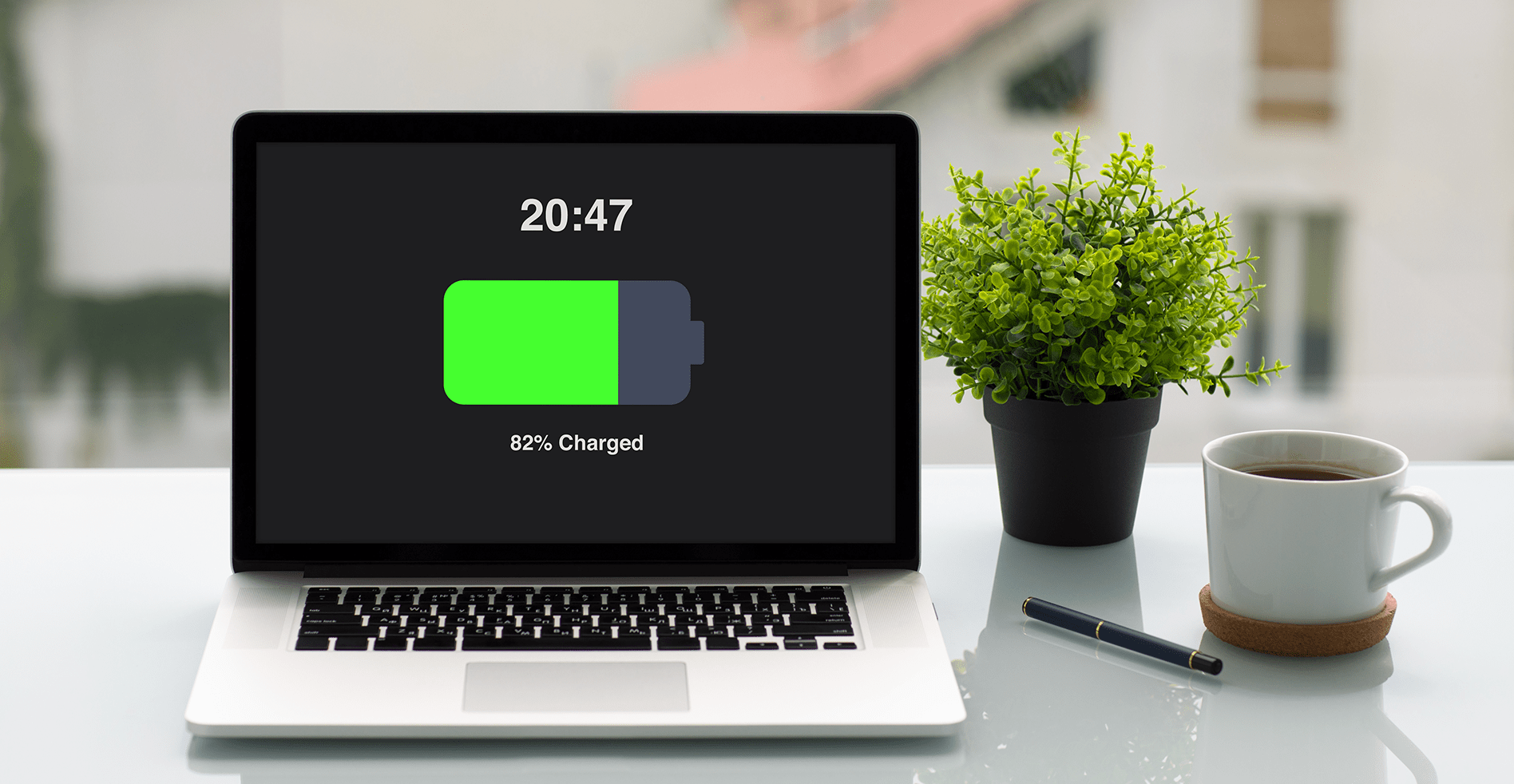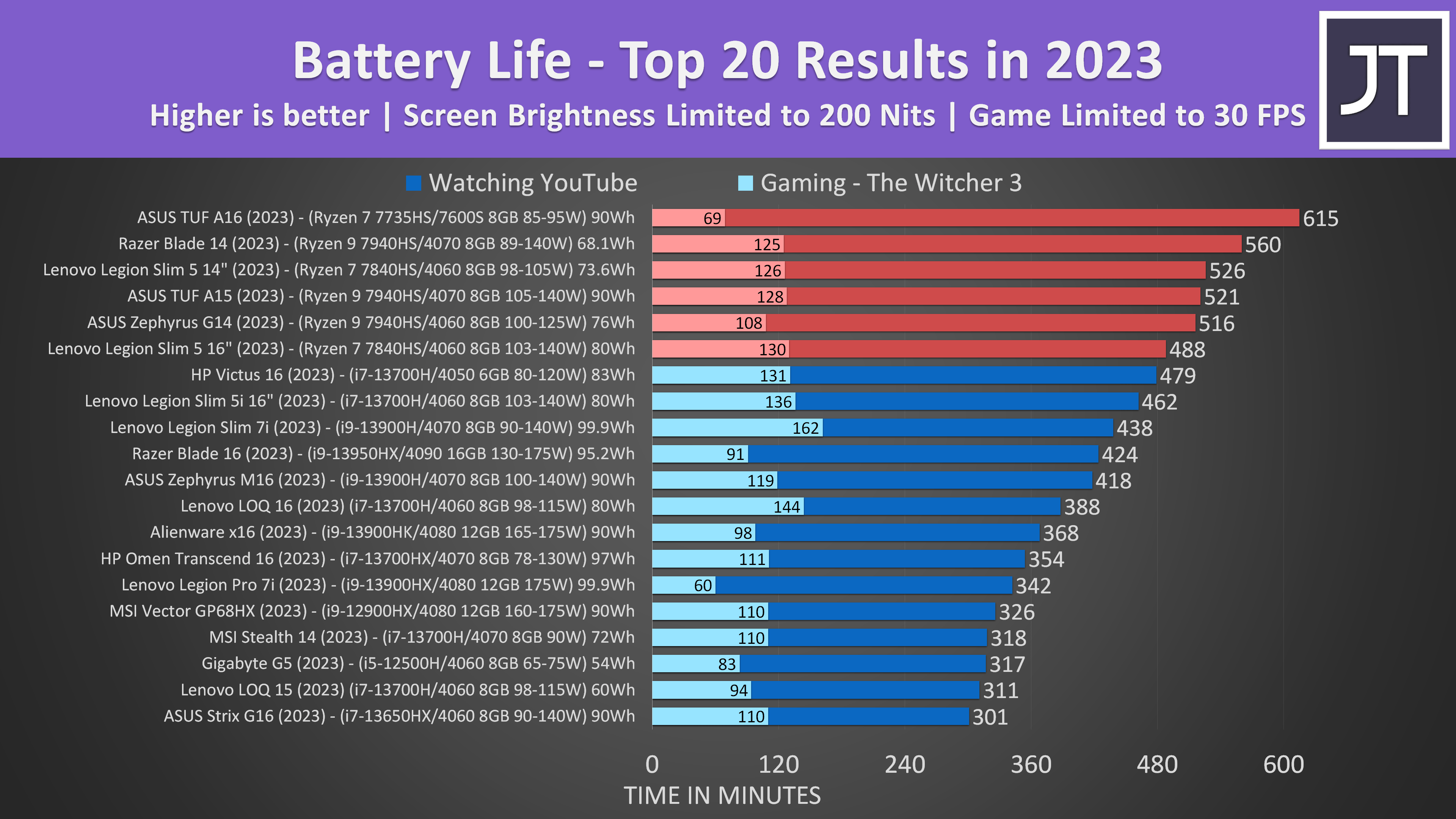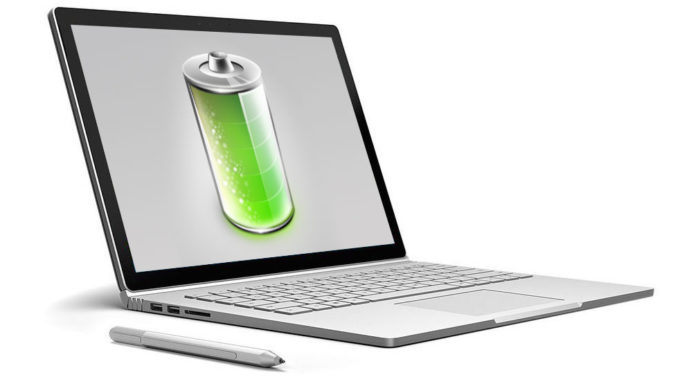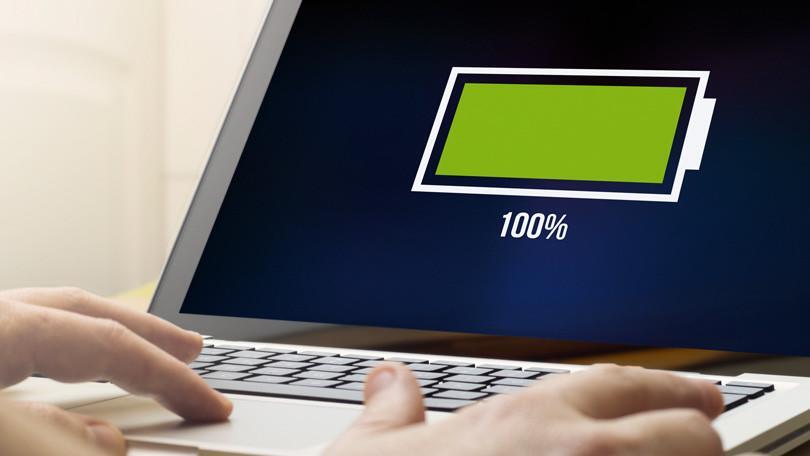The Ultimate Guide to Laptop Battery Life: Tips, Tricks, and Insights

Laptop battery life is one of the most important factors for both casual and professional users. Whether you’re working on the go, gaming, or simply binge-watching your favorite shows, a long-lasting battery ensures a seamless experience. However, several factors affect how long your laptop battery lasts, and understanding these can help you maximize its potential.
In this guide, we will explore everything you need to know about laptop battery life, including tips to extend it, common mistakes to avoid, and answers to the most frequently asked questions.
Why Laptop Battery Life Matters
A long-lasting laptop battery is essential for productivity, convenience, and cost-efficiency. Here’s why:
- Portability: With extended battery life, you can work or entertain yourself without being tethered to a power outlet.
- Cost Savings: A well-maintained battery reduces the need for frequent replacements.
- Environmental Impact: Extending your battery’s lifespan minimizes electronic waste.
Factors Affecting Laptop Battery Life
Several factors influence how long your battery lasts:
- Usage Patterns
Heavy usage like gaming or video editing drains the battery faster than light tasks such as web browsing or word processing. -
Screen Brightness
Higher brightness levels consume more energy. Dimming the screen can significantly extend battery life. -
Background Applications
Programs running in the background can drain power silently. Always check and close unnecessary apps. -
Battery Age
Over time, laptop batteries lose their ability to hold a charge due to wear and tear. -
Temperature
Extreme heat or cold can damage the battery. Maintaining an optimal temperature is critical for battery health.
Top Tips to Extend Laptop Battery Life

1. Adjust Power Settings
Modern laptops come with power-saving modes. Use these features to optimize battery performance:
– Windows: Go to Control Panel > Power Options and select Power Saver mode.
– Mac: Navigate to System Preferences > Energy Saver and customize your settings.
2. Lower Screen Brightness
Reducing brightness is one of the easiest ways to conserve energy. Most laptops allow you to adjust brightness with a shortcut (e.g., Fn + Brightness Down Key).
3. Close Unnecessary Apps
Shut down any background apps or browser tabs that are not in use. Consider using the Task Manager (Windows) or Activity Monitor (Mac) to identify resource-hungry applications.
4. Disable Wi-Fi and Bluetooth
If you’re not using the internet or Bluetooth peripherals, turn off these features. They can significantly impact battery consumption.
5. Avoid Full Discharges
Lithium-ion batteries (used in most laptops) perform best when kept between 20-80% charge. Completely draining your battery can reduce its lifespan.
6. Use Updated Software
Keep your operating system and drivers updated. Updates often include performance improvements that optimize energy usage.
How to Check Laptop Battery Health
Monitoring your battery’s health helps you identify problems early. Here’s how you can check it:
Windows
- Open the Command Prompt and type:
shell
powercfg /batteryreport - This generates a battery report saved as an HTML file. Open it to view details about your battery’s capacity and performance.
Mac
- Hold the Option key and click on the battery icon in the menu bar.
- Look for the Condition status (e.g., Normal or Service Recommended).

Common Mistakes That Drain Laptop Battery Faster
Avoid these pitfalls to get the most out of your battery:
- Keeping Unnecessary Peripherals Connected: USB devices, such as external hard drives, can drain power even when not in use.
- Running High-Performance Apps: Using apps like video editors or 3D modeling software without plugging in can rapidly deplete the battery.
- Skipping Updates: Outdated software may consume more power due to inefficiencies.
- Ignoring Battery Maintenance: Failing to calibrate or check your battery health can lead to unexpected issues.
Frequently Asked Questions About Laptop Battery Life
1. How long should a laptop battery last?
On average, a laptop battery lasts 2-4 years or around 300-500 charge cycles. Proper maintenance can extend this lifespan.
2. Can I use my laptop while charging?
Yes, you can. However, using resource-intensive applications while charging can generate heat, which might impact long-term battery health.
3. Should I keep my laptop plugged in all the time?
While most modern laptops have overcharge protection, it’s best to unplug once the battery reaches 80-100% to prevent unnecessary wear.
4. How do I calibrate my laptop battery?
- Charge your laptop to 100%.
- Let it discharge completely to 0%.
- Recharge it fully without interruption.
Doing this occasionally helps recalibrate the battery’s charge level indicator.
Choosing Laptops with the Best Battery Life

If you’re shopping for a new laptop, prioritize models known for exceptional battery performance. Look for these features:
- Energy-Efficient Processors: Intel’s Evo platform or AMD Ryzen chips offer excellent battery optimization.
- High-Capacity Batteries: Choose laptops with a minimum of 50Wh battery capacity for longer runtimes.
- Optimized Displays: OLED or low-power LCD screens consume less energy.
Final Thoughts
Maximizing laptop battery life is all about adopting smart habits and leveraging available tools. From adjusting power settings to avoiding full discharges, every step you take can extend your battery’s lifespan and improve your overall experience.
For more insights into optimizing your tech setup, explore our blog section or consult professional guides like this one.
Investing in battery care today ensures a smoother, more productive tomorrow. So, take control and make the most of your laptop’s power!

